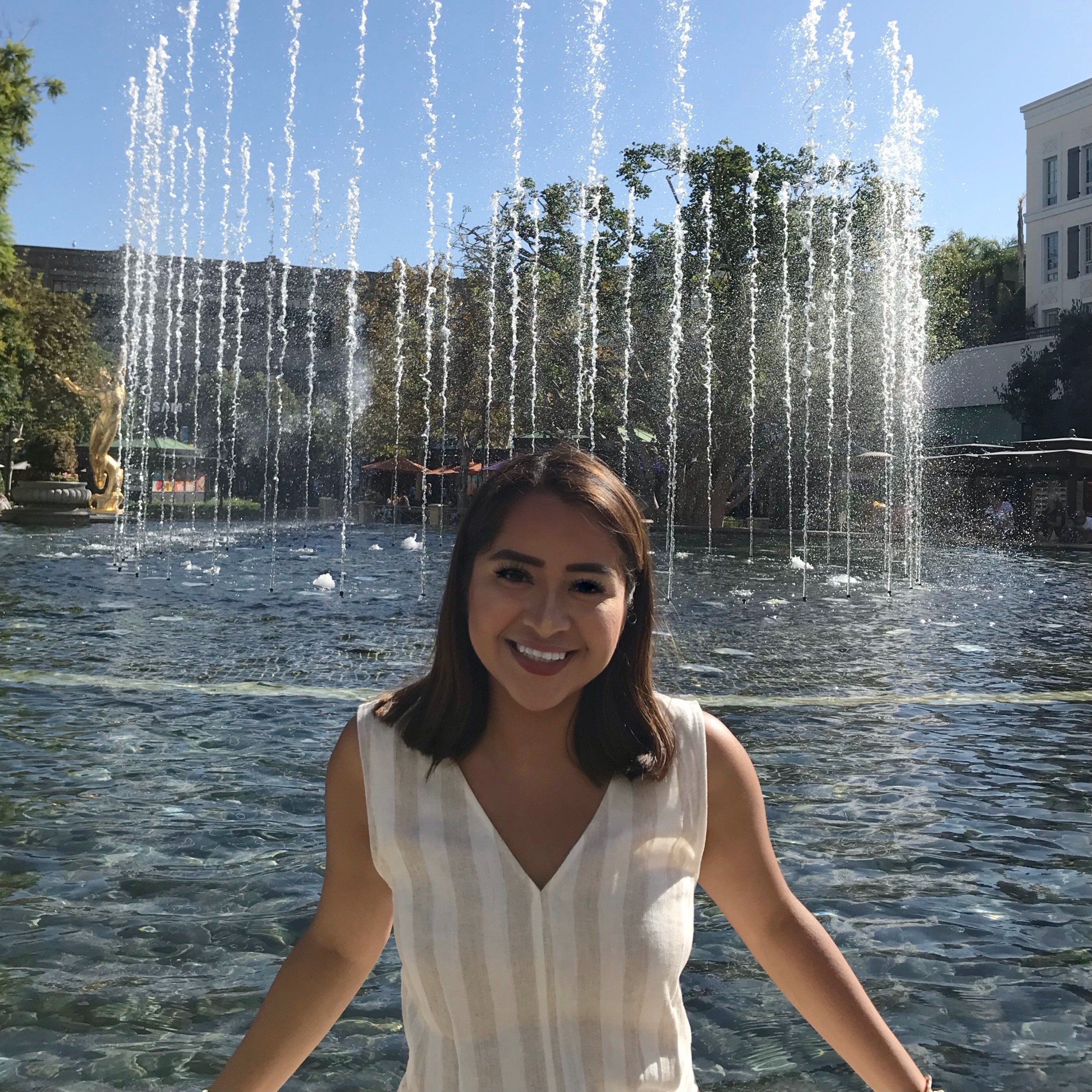This brief was originally published by Rebecca Molina on November 30, 2021. It was updated by Jaya Sood on July 6, 2022.
Introduction
Austin, the capital of Texas, is the state’s fourth largest city. The city’s population is ethnically diverse—less than half of the population are of European descent, and more than one-third of the population is Hispanic. Many have moved to Austin for economic opportunity to find a job. With the city rapidly expanding, the price of housing is rising and affordable housing supply has not kept up with demand . In 2020, the number of people who were homeless in Austin was estimated to be 3,200 on a given night, which is likely to be an undercount because many people move in and out of homelessness throughout the year.
Who are the homeless in Austin, TX?
African Americans represent 1 in 3 people in the homeless population but 1 in 10 people in the Travis County/Austin area. People ages 25 – 44 are the largest group homeless population with 35.2% followed by 45 – 64 with 30.7%. The largest racial and ethnic groups are White (79.9%) and non-Hispanic (66.2%). Men overall have a disadvantage to women being homeless in the Austin area with 59.3% of men, 40.5% with women, and .2% of trans and non-binary. This could explain the reason many shelters in Austin are geared towards men. 6%of the homeless population are veterans.
Household Size
About 11% of those who are experiencing homelessness in Austin are families with children. 2 to 3 person households make up 13.7% of the population. Household size of 4 or more consists of 4.2%. 7% of youths between the ages of 13 to 24 are living alone.
The Homeless Experience in Austin
- Medical Issues: 44% report that they are experiencing health issues which require treatment. 30% of households report at least one member having a physical disability. Physical disabilities further limit housing options, because otherwise-affordable housing may not be accessible. 36% of households report experiencing mental health issues and 13.4% report having substance use issues.
- Personal Violence: 53% report that at least one of the household members has been violently attacked when they were homeless.
- Poverty: 51% of households report they are unable to consistently meet their needs such as bathing, water, access to food, and other essentials.
City Policies and Resources
In spring of 2021, the city of Austin banned homeless camping. The law defines camping as an individual camping temporarily in a place with shelter. This includes a tent, sleeping bag, bedroll, blankets, or any form of shelter other than clothing to protect a person from weather and health reasons. People can camp for recreational purposes or on property that has been approved for homeless living.
The Austin Resource Center for the Homeless is the main service provider for the homeless population. This resource center offers emergency shelter, basic needs, and services. However, this center only has the capacity to house 130 men overnight, so demand outstrips supply. Several private shelters also provide similar services.
The Travis County Commissioners Court recently allocated $110 million to rehouse the homeless. This goes along with the American Rescue Plan Act that is addressing homelessness and affordable housing across the country. Currently, another $50 million was requested by the Travis County Supportive Housing Collaborative to help develop new affordable housing communities across Austin to house around 1,000 people.



